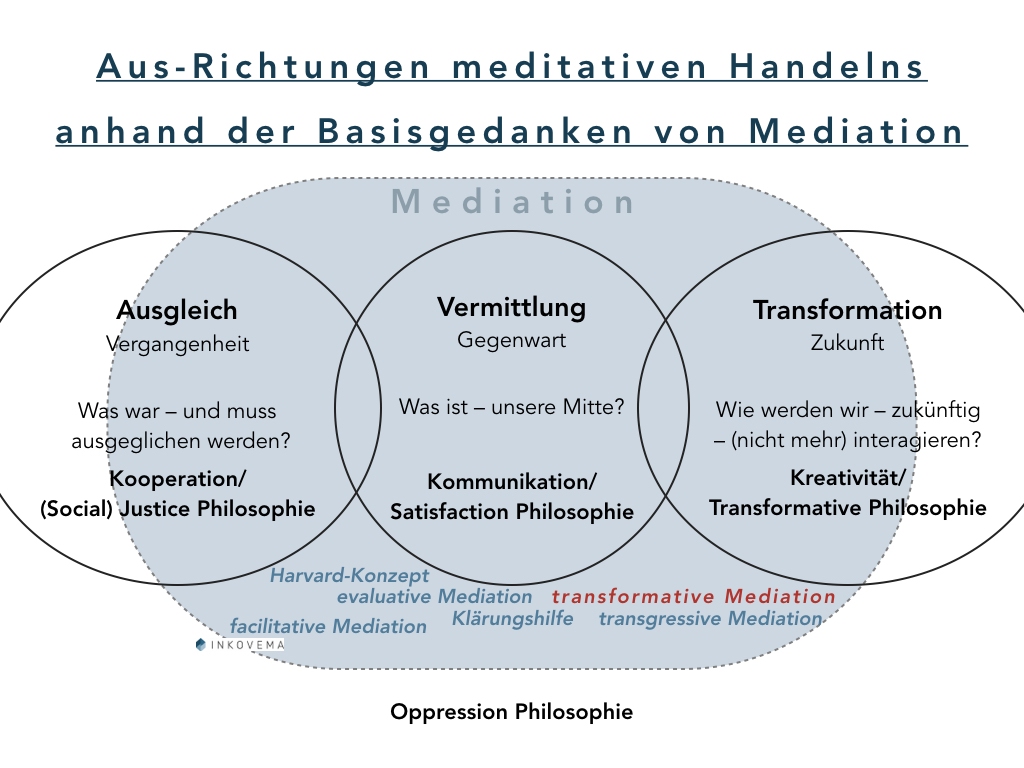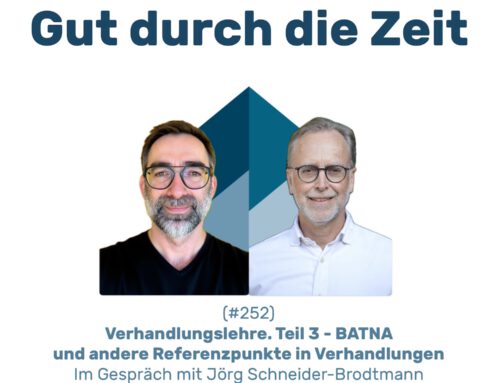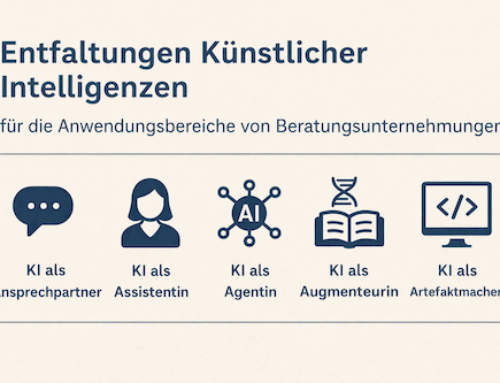Mediation styles
Transformative mediation
Core ideas of the transformative mediation style
Mediation is from three basic ideas The mediator is guided by the basic ideas of how to deal with the conflict, which – differently weighted – result in different mediation styles. These basic ideas are: Equalisation, mediation and transformation.
Transformation means that mediative conflict management is also about the development and learning potential of the personalities involved. In this respect, it is already clear that conflict management is primarily orientated towards the future. Transformative mediation is based on two approaches: On the one hand, by strengthening the self-esteem of the parties involved, and on the other, by promoting the mutual recognition of interests.
- By strengthening self-esteem (Empowerment changes), it aims to cushion the social and psychological shocks caused by a conflict and allow those involved to feel and re-experience their own strength.
- By recognising each other's interests and needs (Recognition changes), escalating conflict communication in particular should change and be transformed into constructive co-operation. Under this banner, mediation becomes a place of learning and a phase of maturing.
The thrust of the transformation idea is thus less the concrete settlement of the current conflict through a material solution, but rather the Designing a social learning process by constructively changing the way both sides communicate about the conflict. It then becomes easier to resolve and settle the conflict.
In terms of perspective, the idea of transformation opens up the possibility of focusing on the unknown future - while the idea of equalisation and mediation focuses on the past and present. Important questions in this context include:
- What do you want to achieve here?
- What will you do differently in future?
- What will you have learnt (from each other)?
- What is your perspective?
- What changes for you personally and together as a result of the shared experiences during mediation?
- What will you probably be laughing about in a year's time?
These questions are aimed less at reflecting on what has happened and more at a Creation of the futureorientated towards current interests and needs. In a nutshell, the transformative approach could also be called visionary if the ideologically charged aspect of the "new man" did not immediately resonate. Although this ideological idea may shine through at times, it is possible without difficulty to suspend the transformative mediation style at a lower level. Transformative realises the aspect of substantial design and calls upon the forces of relational creation. The philosophy of transformation is based on a relational world view, which the proponents of this approach clarify in detail and explicitly. Although it may sound like convictions and ideology as to what conflicts are about, they are able to substantiate this approach from the perspective of different research directions and with empirical evidence.
Risks
One risk of the transformative approach is the isolation of the conflict parties, who are not only humanistic individuals, but also part of social structures: mediation, especially in its (individually!) transformative orientation, is subject to the danger of isolation, can make structurally inferior parties alone in the mediation setting and lead to results that appear individually acceptable, but are ultimately a blatant expression of social injustice.
Details on the transformative mediation style
The literature on mediation distinguishes between different styles, which you can see in the following diagram.

Process character of transformative mediation
Transformative mediation is defined as a process, in which The third party supports the conflict parties in changing their conflict interaction from a negative and destructive to a positive and constructive conflict communication: Instead of talking about points of contention, possible solutions should be discussed. become.
The mediator acts proactively rather than directive.
The mediator's role and task is to support the productive change in the parties' interaction proactively, although by no means in a directive manner. The support function relates not only to the content, but above all to the process. Parties decide when and what they want to talk aboutThe mediators support them in transforming the destructive interaction loops into constructive ones.
Fundamental to the transformative approach is the assumption that the parties - with the help of the proactive mediator - are able to initiate these changes and thus "find a balance between individual strength and clarity as well as interpersonal connectedness". Here is just one example that clearly illustrates the specific nature of the transformational approach: the mediator working in a transformative manner No conversation rules Instead, the mediator lets the parties themselves decide which rules they want to establish, when and for what purpose, in order to constructively transform the content of their "crisis in communication". In this way, the discussion about the mediation process is linked to the discussion about the substantive issues, which the third party supports precisely by not setting any rules that are important in their opinion. Decisions on the process and content are a matter for the parties, not the mediator. On the whole, the third party appears very reserved and does not take the lead loudly.
But what exactly does the proactive support of the transformation approach consist of?
Proactive support
The transformation, the change in crisis communication, is made possible by the fact that the mediator uses the current communication to create so-called Empowerment and Recognition changes stimulates.
- Empowerment changes enable the parties to recognise their strengths again and to act with self-confidence, which regularly begins to crumble in conflicts. The mediator therefore acts in a very resource-orientated manner, paying attention to the rays of hope and energising approaches in the conflict communication, listening to the quiet offers and opportunities to apologise, etc.
- Recognition changes On the other hand, they are able to recognise and take seriously the interests and needs not only of themselves, but also of others. This is why the mediator acts in a very present-orientated way, does not establish rules for the conversation in advance, as already mentioned, but reflects the situation, lets the conversation run its course when it threatens to escalate and then calmly asks for the participants' powers of reflection.
Crucial to the transformative approach is the experience that a feeling of weakness and incapacity arises in conflict. Every person involved in a conflict is aware of their own bias. Accordingly, the expectations of a supportive third party are regularly less an efficient way of resolving the conflict, but rather the Help on the way to transforming the destructive form of communication. This is the most important reason to use mediation. For the mediator, the aim is to facilitate such empowerment changes so that the parties can find an appropriate way of dealing with their problems and making decisions in full possession of their mental and emotional powers ("empowerment shifts"). Recognition shifts, for their part, lead to a situation in which all needs and interests (on all sides) are recognised, understanding is shown and a solution is found together. It makes it possible for others not to be treated differently - even if it may not seem that way.
(Over-?)pointedly, it can be said that the transformation approach places less emphasis on the content of the conflict than on the communication process and thus on the interpersonal contact between the parties to the conflict. If this communicative contact is consistently supported, it will change and the parties will consciously shape the dialogue. "the evolution of their own conflict interaction" (Bush/Folger). This emphasis on the current communication process during mediation, which can also deal with the past or the future, is in line with the realisation in systems theory that "the communication process is generally underestimated and consensus overestimated" (Luhmann).
Competences of the third party
Mediators need competences that enable them to stimulate and facilitate empowerment and recognition changes. They need mental concepts that enable them to do this, Understanding and compassion themselves and to promote this among the mediants. You need practicable and operationalisable concepts, with which they The idea of a relational world view into the mediative communication process and promote the process accordingly.
Models and concepts of transactional analysis can help here and support mediators in the implementation of the transformative mediation style. This is due to the common historical origins and philosophy of both streams, an astounding fit between the underlying concepts of human nature and decades of experience with transactional analysis in counselling processes with problematic and conflicting situations. After all, the original setting of transactional analysis work is the group, not individual counselling.





Leave A Comment